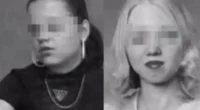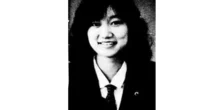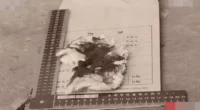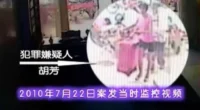The investigation into the case of a floating corpse in the river took the police 98 days to solve due to the victim’s complex social relationships and open sexual lifestyle.
Victim: Zhang Zhu
Suspect 1: Hao
Suspect 2: Bao
Killer: Dai Fuyang
On the morning of April 29, 1993, the Shanghai police received a report of the discovery of a floating sack near the banks of the Du Jing River. When sanitation workers retrieved it for inspection, they found the naked body of a woman inside.
The autopsy revealed that the victim, approximately 40 years old, had 15 stab wounds from a sharp object. The cause of death was determined to be a stab wound to the heart and artery, resulting in excessive blood loss and lung and chest cavity hemorrhage.
The examination also showed that the victim had undergone eyelid surgery to create double eyelids, eyebrow tattoos, manicured nails, and newly styled French-curled hair.
The police concluded that the victim placed great emphasis on her appearance, possibly frequenting entertainment venues such as nightclubs and spending lavishly. However, judging from the hair tie found at the scene, the police inferred that her economic condition was not affluent, likely a regular at mid-range or low-end clubs.
Based on the investigation of the crime scene combined with analysis of the hydrological characteristics of the Du Jing River and the flow rate, the police believed that the sack containing the body was thrown from a location approximately 500 meters upstream. The time of disposal was estimated to be between midnight and 3 a.m. on April 29. At the scene, apart from the sack containing the body, a hair tie and a pair of white women’s stockings used to tie the sack’s mouth shut were found, with no other valuable evidence recovered.
The police screened middle-aged women reported missing recently in the four districts around the area where the body was dumped, interviewing over 7,000 people, but found no useful leads. Meanwhile, the river retrieval team also found no additional evidence.
On May 12, a 30-second video describing the victim’s physical characteristics was broadcast on television.
They quickly received a report about a missing woman named Zhang Zhu, who disappeared after leaving home on April 26. Zhang Zhu worked as a salesperson, often staying away from home for several days, so her family initially didn’t pay much attention, only reporting to the police over ten days after her disappearance.
Through identification, the victim was identified as Zhang Zhu, 42, a salesperson outside the establishment at an electronics equipment factory in Shanghai, divorced for 8 years. Family members described Zhang Zhu as fashionably dressed, and financially comfortable, often visiting bars and nightclubs to meet unfamiliar men.
Due to the victim’s complex social relationships and open sexual lifestyle, the police faced difficulty in identifying the men who had contact with Zhang Zhu.
Through interviews with the locals, investigators learned that Zhang Zhu once wielded a knife outside the door of a man’s house to demand repayment of a debt, and that man lived very close to the location where the body was dumped. The police summoned the suspect for questioning on the morning of May 13. This man was proven to have an alibi and was released.
Zhang Zhu mainly sold medical electronic equipment, so she frequently visited various hospitals. Therefore, the police focused on the purchasing department staff of hospitals who had contact with Zhang Zhu. After verification, Zhang Zhu had contacted the purchasing department staff of over 70 hospitals, with a directory containing names and phone numbers of over 100 people. Most of these individuals were uncooperative with the police, refusing to answer questions or claiming ignorance.
After many investigative efforts, two suspects came under the scrutiny of the specialized task force.
One was a man named Hao, 45, Zhang Zhu’s former boyfriend who once lived at her residence. The two had conflicts due to Hao’s inability to tolerate Zhang Zhu’s bohemian lifestyle. On April 27, Hao borrowed a cargo tricycle under the pretext of “moving goods.” He was considered a suspect due to motives, criminal conditions, and transportation tools for the crime. However, after verifying Hao’s activities from April 26 to April 29, the police found no evidence of his involvement and removed him from the suspect list.
The other was a man named Bao, 47, also Zhang Zhu’s former boyfriend who lived with her. He was an alcoholic and had physically abused his lover on multiple occasions. After Zhang Zhu’s disappearance, a neighbor noticed scratches on Bao’s face, and three days later, he hastily went on a business trip for a week. However, after an investigation, Bao had unrelated criminal evidence, and the scratches on his face were due to a dispute with his wife over infidelity.
At this point, the investigation hit a dead end, requiring the task force to revisit the starting point after more than a month of investigation.
On July 12, the police unexpectedly obtained a new lead when questioning a female worker. She said she met a man in a nightclub not long ago. After becoming acquainted, he revealed that the “woman found in the river” was his ex-girlfriend, then sighed with apparent sympathy.
The woman had been to where he lived twice but only remembered the street name, not the specific address. The police took her to search the streets again, finally identifying the man’s address.
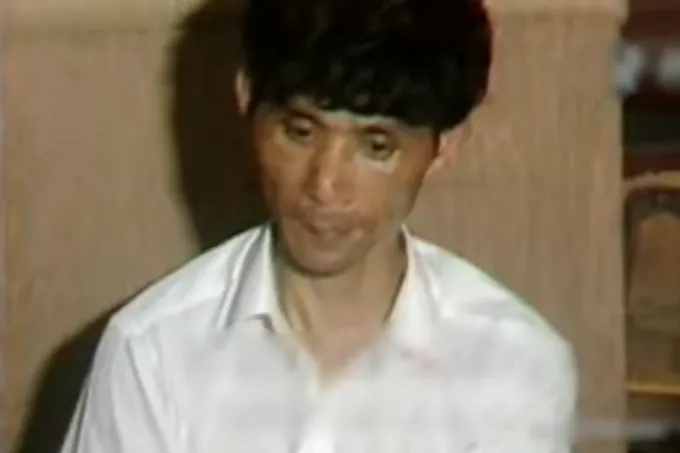
According to household registration information, the homeowner is Dai Fuyang, 47 years old, from Jiangsu Province, who was previously sentenced to seven years in prison for robbery and is currently unemployed. After divorcing eight years ago, Dai Fuyang had relationships with many women, frequently visiting nightclubs and bars to “hunt,” and then bringing them home overnight.
Through photo identification, some witnesses recognized Zhang Zhu had been to Dai Fuyang’s house. Therefore, Dai Fuyang was considered the main suspect in the case. However, at that time, he was not in Shanghai. According to neighbors, Dai Fuyang often left the city for periods ranging from half a month to a month.
On July 26, the task force received information that Dai Fuyang had returned, so they immediately set out to arrest him. But when they arrived, Dai Fuyang had just left his home. The police secretly monitored the area, waiting for over 20 days.
Around 9 p.m. on August 3, after returning home from more than 20 days of wandering, Dai Fuyang was arrested. When questioned, he denied knowing Zhang Zhu.
During the search of Dai Fuyang’s house, investigators found bloodstains on the drawer and scratches on the wall. They also found a watch, a bus pass with Zhang Zhu’s photo, a leather bag containing several envelopes, and documents with the name of the factory where Zhang Zhu worked.
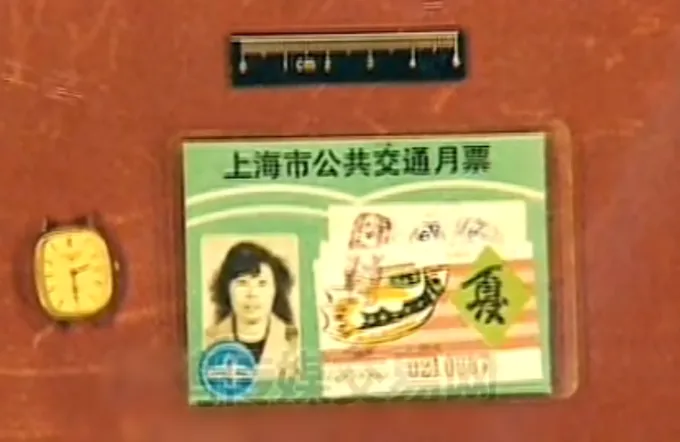
After examination, the bloodstains in Dai Fuyang’s house matched Zhang Zhu’s blood type. Other items were also confirmed by relatives to belong to Zhang Zhu before her disappearance.
Faced with the evidence, Dai Fuyang confessed to the crime.
According to his confession, Dai Fuyang and Zhang Zhu met at a nightclub in early March 1993. Seeing Zhang Zhu dressed fashionably and flaunting her wealth, Dai Fuyang conceived the idea of robbery.
On the night of April 26, after having sexual intercourse, Dai Fuyang put sleeping pills in milk, deceived Zhang Zhu into drinking it, and then committed the crime. Early on April 27, Dai Fuyang put the victim’s body in a sack, rode a cargo bicycle to transport Zhang Zhu’s body to the river bank, and disposed of it in a secluded area upstream.
After 98 days of investigation, the sensational murder case of dumping corpses in Shanghai was solved. Dai Fuyang received the death penalty for intentional homicide and was executed by firing squad.


